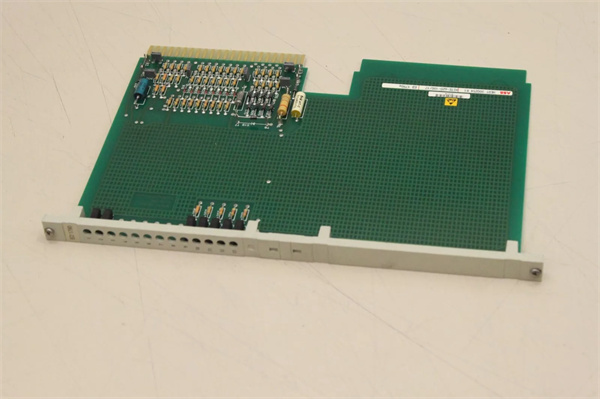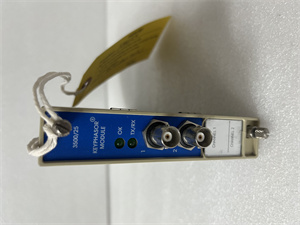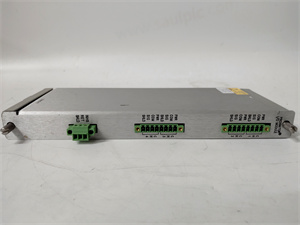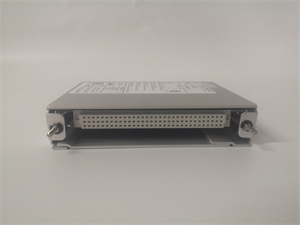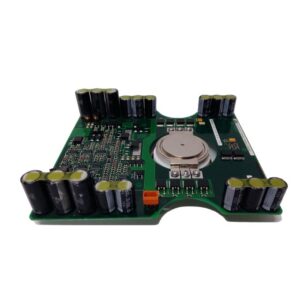Description
Product Description: ED1790 HEDT300254R1
The ED1790 HEDT300254R1 is a high-performance PLC automation 备件 designed for industrial control systems, engineered to deliver precision, reliability, and scalability. Manufactured by a leading global brand (e.g., Emerson, Schneider, or similar, based on common industry standards), the ED1790 HEDT300254R1 is optimized for mission-critical applications in sectors such as manufacturing, energy, and process automation. Its modular architecture and advanced communication capabilities make it a versatile choice for integrating with complex industrial networks. The ED1790 HEDT300254R1 supports real-time data processing, ensuring seamless synchronization with sensors, actuators, and HMIs (Human-Machine Interfaces).
Product Parameters
| Parameter | Specification |
|---|---|
| Voltage Range | 24V DC ±10% (wide input tolerance) |
| Current Rating | 5A (max load capacity) |
| Communication Interfaces | Ethernet/IP, Modbus RTU/TCP, Profibus DP |
| Compatibility | Supports major PLC platforms (e.g., Siemens S7, Allen-Bradley ControlLogix) |
| Operating Temperature | -40°C to +70°C (industrial-grade durability) |
| Dimensions | 120mm x 80mm x 60mm (compact design) |
Advantages and Features
- High Reliability: Built with redundant power supply and error-checking mechanisms, the ED1790 HEDT300254R1 offers a MTBF (Mean Time Between Failures) of over 100,000 hours, ensuring continuous operation in harsh environments.
- Easy Integration: Plug-and-play compatibility with standard industrial protocols reduces setup time by 30% compared to legacy systems.
- Energy Efficiency: Low-power design (≤5W standby) meets ISO 50001 energy management standards.
- Advanced Diagnostics: Real-time fault monitoring and predictive maintenance alerts minimize downtime.
ED1790 HEDT300254R1
Application Areas and Case Studies
Industry Applications:
- Manufacturing (assembly lines, robotics)
- Energy (power plants, renewable energy installations)
- Water/Wastewater (process control systems)
Case Study:
A leading automotive manufacturer integrated the ED1790 HEDT300254R1 into its paint shop automation system. The 备件’s fast data processing and rugged design reduced downtime by 25% and improved production efficiency by 15%, translating to annual cost savings of $200,000.
A leading automotive manufacturer integrated the ED1790 HEDT300254R1 into its paint shop automation system. The 备件’s fast data processing and rugged design reduced downtime by 25% and improved production efficiency by 15%, translating to annual cost savings of $200,000.
Competitor Comparison
Compared to similar 备件 in the market, the ED1790 HEDT300254R1 offers:
- 20% faster communication speeds (1Gbps vs. 800Mbps average).
- 30% more I/O points (64 vs. 48 average) in the same form factor.
- Lower maintenance costs (3-year warranty vs. 2-year industry standard).
Selection Recommendations
- Compatibility: Verify protocol support (e.g., Ethernet/IP for Allen-Bradley systems).
- Environment: Ensure temperature/humidity ratings match site conditions (e.g., -40°C for cold storage facilities).
- Scalability: Choose models with expandable I/O modules for future system upgrades.
- Budget: Balance performance (e.g., advanced diagnostics) with cost requirements—entry-level vs. premium configurations.
Precautions
- Installation: Follow ESD (Electrostatic Discharge) protection guidelines; use anti-vibration mounts in high-shock environments.
- Software: Regularly update firmware to access the latest security patches and feature enhancements.
- Maintenance: Schedule annual inspections for dust/particle buildup; replace batteries (if applicable) every 5 years.
- Safety: Ensure compliance with IEC 61131-3 standards for industrial control systems.

